Introduction
Culture is an umbrella term that encompasses artistic, architectural, and intellectual traditions and habits of a particular society. The best way to judge a society is via their literary culture, as this tradition act as a guide, and a preserver for future and foreign societies. The revival of a certain literary tradition paired with other material culture is known as Renaissance. This pattern is also visible in the vibrant society of Capital City. The Delhi Renaissance, first coined by C. F. Andrews describe a time period of early 19th century around 1830s-1840s.
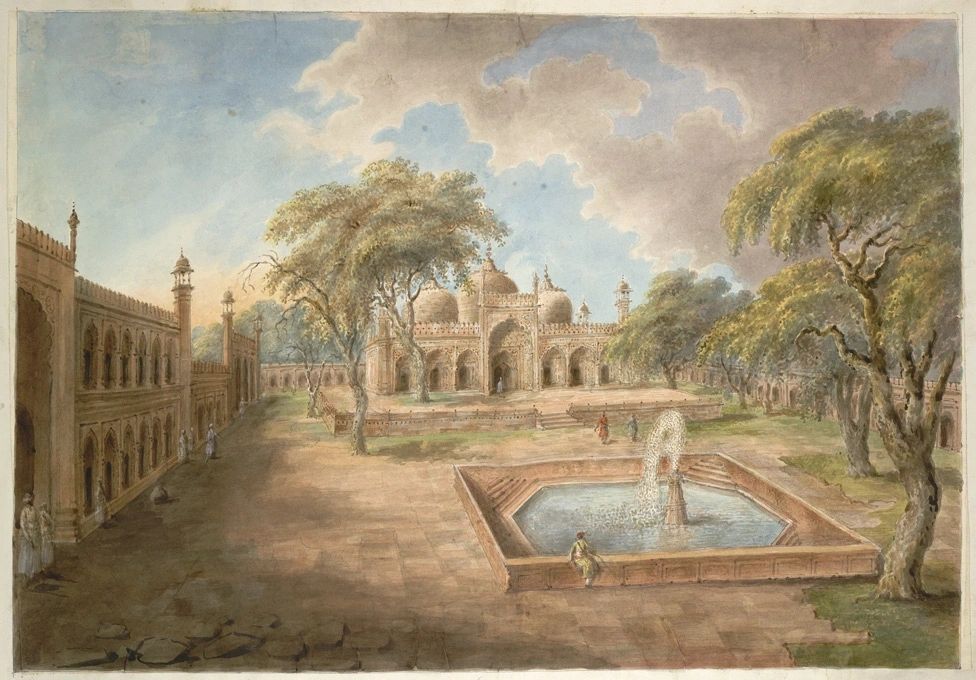
The Indian Renaissance
In late 18th century and early 19th century the decline of Mughal court was clearly visible. Even Bahadur Shah Zafar, the last Mughal Emperor, remarks this in his Shayaris. Delhi which is traditionally seen as Dar al-Khilafat i.e. Seat of Power for many empires was now getting titles like Shahr-e-Ashub (City of Misfortune). Officials, elites, and artists who served under Mughal patronage were heavily shifting to British, accepting Queen Victoria as Malika-e-Muazzama.
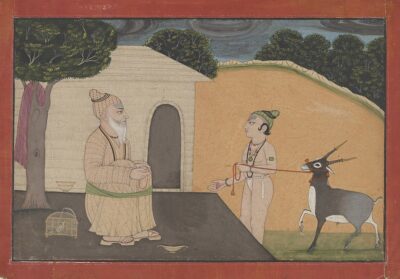
Even with decline of state development in literature and education was at all time high. It was due to the establishment of Delhi College in 1825 with large donation done by Nawab Itmad ud-Daula Wazir of Awadh. It was the first Western style institution for higher learning. Under the guidance of principal Taylor and professors like Ramchandra and Chiman Lal, that Delhi citizens came into contact with western subjects in their local languages.
Before central institutions higher education was pursued by traditional method of private tutoring. This traditional method of apprenticeship or Ustad-Shagird, where a disciple will seek out the master of his preferred subject and continue study under him, vice-versa sometimes Ustads in their free time will undertake assistants and disciples to keep his knowledge alive. Some of the most prominent scholars, before joining Delhi College, studied under this traditional method.
Another important historical institution was Delhi Archeological Society setup in 1840s. This was a state based institution before the foundation of a national structure as Archaeological Survey of India in 1860s in Delhi. The society undertook the responsibility of cataloging and preserving several monuments of Delhi. Prominent members like Sayyid Ahmed Khan and Ziauddin Khan identified several medieval cities and forts, and gave theories for their time period.
Ideas and Features
Delhi’s Renaissance is often compared with similar Bengal Renaissance. Key difference seems to be in the propagation of ideas, where Bengali bhadralok were keen in accepting English ideas and literature, Delhi Ashraf on the other hand considered them as subsidiary and focused more on local literature combined with western science.
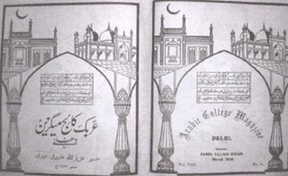
This importance of vernacular language like Urdu became their most prominent feature. Books on western science and mathematics were translated in Local languages. Students excitedly enrolled in Oriental section of Delhi College studying Arabic and Persian. Urdu poetry i.e. Shayari became proliferate and started appearing in print journals. Delhi in this period saw some of the greatest Urdu poets like Ghalib, Zauq, and Zafar, whose influences are still visible in modern times.
The societal view of local language being more important than foreign English language is due to several reasons. First being there was no particular need to study English as most respectful administrative jobs still worked on Urdu and other local languages of North India. Secondly, many renaissance men got their education under traditional method and read translated books of western subjects. Lastly, many British themselves were captivated by vibrant Indian Culture and became well versed in Indian languages even other languages like Persian.
The chief ideas of intellectual movement of Delhi Renaissance were vernacular education for both men and women, religious reforms, and women’s status, dignity and role. While renaissance is generally considered as revitalization of culture, Delhi also focused on its preservation.
Prominent Personalities
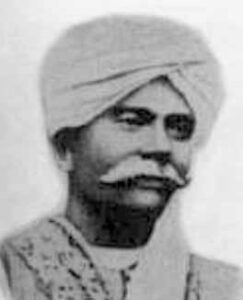
Ramchandra (1821–1880): He was a well respected science and mathematics professor of Delhi College. He believed that science is the result of entire humanity’s growth and no one civilization can put its claim on it. For this reason, he was the one who started translation of European knowledge in Indian languages. He was also the editor of three science based papers of Urdu one of them being Fawaid-ul-Nazrin.
Zakaullah Dehlavi (1832–1910): He was the favourite student of Ramchandra and later got the same post of Professor of Mathematics in Delhi College. He too continued Ramchandra’s tradition of translating and writing in Urdu. His most famous being a humongous 14 volume work on Indian History Tarikh-e-Hindustan.
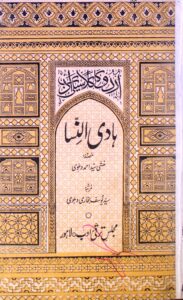
Altaf Husain Hali (1837–1914): He translated several works for the Education Department and wrote extensively on Women’s Education. His work Majalis un-Nissa is written in an informal, household dialect begamati zuban, the language of women. Where he argued that women are equally influential part of society and their education is important for cultural preservation.
Sayyid Ahmad Dehlavi (1846–1918): Although his career was started after the accepted timeline of Renaissance, he is still considered the pinnacle of intellectual tradition due to similarity of his work. He wrote Farhang-e-Asafiya, a 4 volume Urdu Dictionary and Insha-e-Hadi un-Nissa, guide to letter writing for women, a revolutionary work for women’s education. His magnum opus was Rasum-e-Dehli, in which he lists and describes all the cultural customs, rites, occasions, festivals and feasts taking place in Delhi. A golden work of Cultural preservation and explanation.
The Destruction
The rebellion of 1857 was the turning point of this intellectual tradition. The Socio-political climate of that period was intense. While intellectual movement was flourishing among the elites, other sects of society specially sepoys were exposed to British exploitation, imperial arrogance and religious provocation. They considered professors of Delhi College as traitors due to their visible westernization. Later adoption of Christianity by famous professors like Ramchandra didn’t helped either.
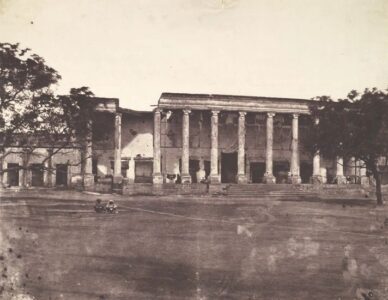
On May 11 1857 , Rebels vandalized and destroyed several parts of the College. The library was looted and all the English books were torn apart while Local books were sold. Principal Taylor and professor Chiman Lal were killed within the premise. British approach was no different either, their army also adopted a policy of revenge and plunder. They killed even more people, destroyed structures, burned houses, giving a clear message for Delhi to forget their Mughal past. But even after all that the ‘Renaissance’ didn’t end with it.
Conclusion
Delhi Renaissance started the progressive modern thinking of North India, where earlier dogmas and superstitions were seriously challenged for the first time. Delhi’s Renaissance Men held several positions as officers, judges, teachers and inspectors in Education Department. Several schools and colleges were built up, research journals were written, books and textbooks were published. It was the time when European knowledge became accessible to Indian public and their authority began to be questioned. The intellectual movement of Delhi had just as influence on India’s independence, if not more, than 1857 mutiny.
Reference
- Minault, Gina. Sayyid Ahmad Dehlavi and The ‘Delhi. Renaissance’. In ‘Delhi Through the Ages’, ed. Frykenberg, R. E. Oxford University Press.
- Rahman, S. “Delhi Renaissance”, Intellectuals And The 1857 Uprising. People’s Democracy.in.
- Liddle, Swapna. The ‘Delhi Renaissance’: Indigenous roots of colonial modernity. Sarmaya.in.
- Andrews, Charles Freer. Zaka Ullah of Delhi. Oxford University Press.




